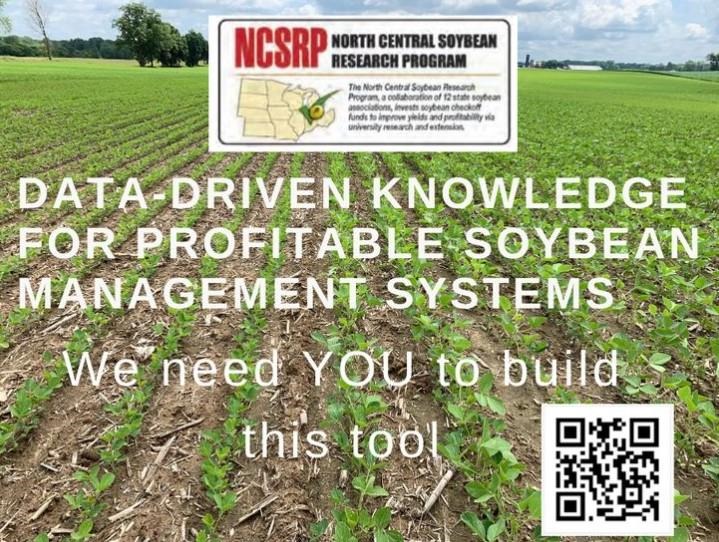Precision agriculture is changing how cotton growers across the United States make their farming practices more sustainable while increasing yield. However, many may not understand the potential value of the data being recorded by modern machinery already on their farms. Used correctly, cotton farming data has the power to automate cotton module tracing, improve yields and profitability, and support sustainability efforts.
RFID’s Potential in Cotton Module Tracking
Round cotton modules have composed most of the cotton processed in many regions of the U.S. for over a decade. RFID cotton module tracking has been a key feature of the industry’s most popular round module harvester this entire time. Yet habit and a lack of standard systems mean that most cotton growers and ginners don’t use RFID to track their cotton modules.

Spray paint and numbering systems unique to each gin still rule the day, and even in gins and on farms moving toward RFID tracking, tracking systems differ greatly between gins. In 2018, the American Society of Agriculture and Biological Engineers created the Seed Cotton Module Identification System to create RFID systems across cotton harvester brands. Pairing such a system with the USDA’s Permanent Bale Identification could trace every bale back to the farm, reducing the burden on producers to collect the data required for participating in sustainability programs.
Visit our Cotton Traceability webpage to learn more about what makes U.S. cotton 100% traceable and traceability’s power to benefit all members of cotton’s supply chain.
How Using Farming Tool Data Could Increase Yield
Not only can some harvesters trace a cotton module through its life cycle, they also record information about each module, including:
- Weight
- Moisture content
- Harvest, wrapping and unload locations
Linking this information about each module to the quality measures at the gin can help growers create fiber quality maps of their fields. Collecting such information across multiple growers would create a kind of “virtual variety trial” where researchers can help determine how popular cotton varieties perform over multiple soil types, production systems and environments.
As more gins begin using RFID tags to track modules from field to module feeder, fiber quality maps might become common practice for producers. Quality parameters like mic and length could be correlated with yield variability in the field, allowing high-resolution-quality maps. In a partnership with Cotton Incorporated, Quail Forever uses these kinds of yield and soil maps to identify fields consistently losing money that might be converted to conservation refuges.
Read more about one cotton grower partners with Quail Forever using precision agriculture to boost productivity and quail conservancy.
How Cotton Incorporated Helps Streamline Cotton Farming Data
In 2018, Cotton Incorporated funded a demonstration project with the USDA-ARS gin lab in Lubbock, Texas, to create tools to track cotton modules solely using RFID tags. For the project, participants only entered the ownership information once, and researchers tracked the cotton from the harvester through the ginning process without adding other tags or spray paint. The project created multiple open source codes and software tools freely available to gins and growers, including:
- RFID Module Scan: An Android app that can scan a cotton module’s RFID using your mobile device’s camera.
- Cotton Harvest File: A tool for gins to retrieve HID files through John Deere’s API.
- RFID Gin Data Management: A master database to track a module’s progress from the field to the gin yard to the module feeder.
Click here to see more...